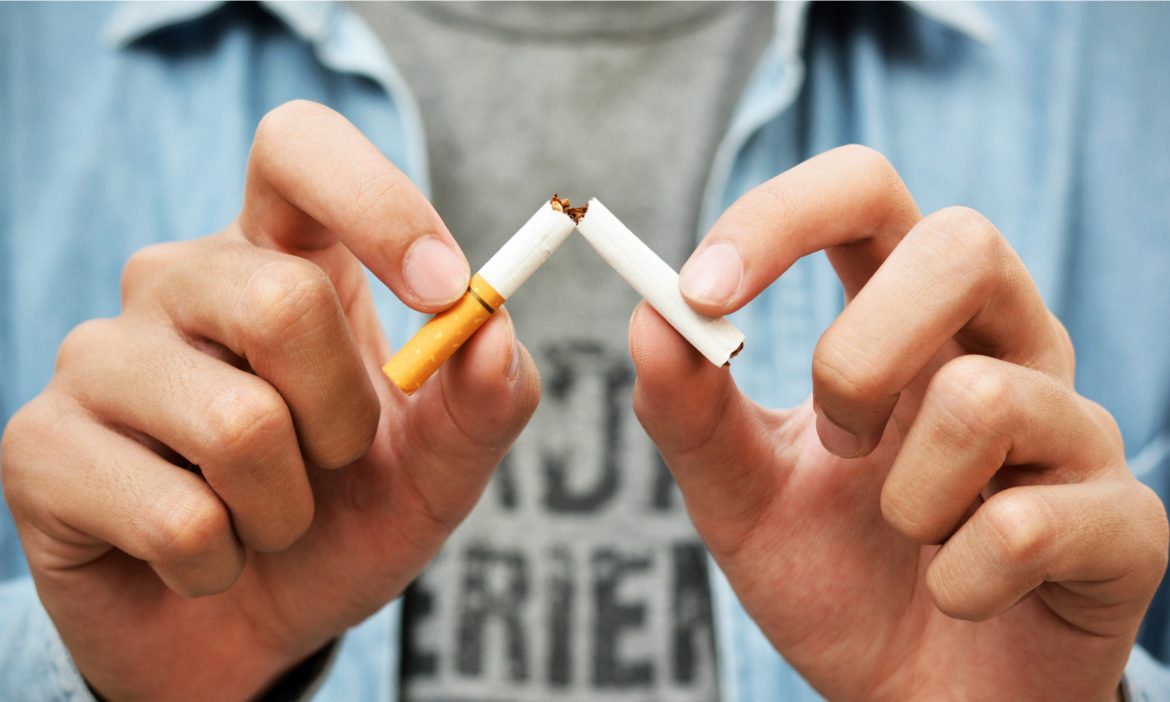How to Quit Smoking Permanently, Fight Smoking Triggers

How to Quit Smoking Permanently, Fight Smoking Triggers
Your fight against smoking tobacco is all about willpower and intelligent thinking to achieve total smoking cessation. When you aim to quit smoking, don’t expect to succeed on the first attempt. You may slip occasionally and even end up smoking full-time again.
This is known as a relapse and usually means succumbing to the smoking temptation. But remember, even if you experience a relapse after officially quitting, it doesn’t mean it’s the end of the story. You can always pick yourself up again, dust yourself and resume your journey towards a tobacco-free life.
The story’s moral is that while you can’t avoid slips, you can always get back into the fight and work towards your goal. So, let’s find out how to beware of smoking relapses, tackle them in the best ways possible and bounce back….
Table of Contents
Understanding Smoking Triggers:
Triggers are the most important things you need to keep an eye out for to avoid slips and the resultant relapses. In layman’s language, triggers are all those conditions and situations that make you want to light up a cigarette or cigar.
Triggers can be anything – the stress of meeting work deadlines, a burst of anger, a panic attack at a social get-together, seeing someone smoking, smelling tobacco smoke, or the expansive feeling of well-being immediately after enjoying a hearty meal.
In effect, you should skirt such triggers or deal with the cravings they create in you to resume your smoke-free lifestyle.
As a new non-smoker, you should understand four types of triggers if you want to quit smoking.
How to Quit Smoking by dealing with Emotional Triggers:
Emotional Triggers:
Emotional triggers are the first category where smoking tendencies are aroused when dealing with intense emotions. This type of trigger takes you back to memories of times and situations when you faced such feelings and the release that smoking gave you. Emotional triggers can be representative of happy or stressful situations.
Typical emotional triggers include stress, anxiety, excitement, boredom, depression, joy, satisfaction and relaxation.
Dealing with Emotional Triggers:
Instead of recalling the pleasure or release that smoking gave you from such situations in the past, try to handle the emotional triggers by taking the support of your friends and family. Instead of succumbing to the urge to smoke a cigarette, confide your emotions to a close friend or confidant.
Alternately, switch on some relaxing music and allow yourself to calm down. Soothing music lowers blood pressure levels and helps reduce stress hormone levels in your body.
Physical exercise in moderate quantities is also an effective way to tackle erratic emotions. Organized physical activity results in the release of the body’s natural stress-busting chemicals.
Mediation and slow, deep breathing help immensely in controlling our emotions. This way, you can calm the mind, manage your stress levels and avoid the emotional triggers that lead to smoking relapses.

How to Quit Smoking by dealing with Pattern Triggers:
Pattern Triggers:
The second type of smoking trigger you should beware of is the pattern trigger. These triggers are generally any activities you tend to relate to smoking— for example, lighting a cigarette on the telephone while driving, consuming alcoholic drinks, taking a break from work, watching television, or using the washroom.
Dealing with Pattern Triggers:
You can handle pattern triggers by delinking their association with smoking and replacing them with other activities like chewing gum, reading or listening to music. Activities like stress ball squeezing or using a yo-yo can help you overcome the pattern triggers.
How to Quit Smoking by dealing with Social Triggers:
Social Triggers:
Social triggers refer to situations that involve smoking in the presence of others, such as at bars, concerts, or social gatherings, which can stimulate the desire to smoke. Being around individuals who smoke or being asked to join them may also trigger the urge to smoke.
Dealing with Social Triggers:
To manage social triggers, avoiding places and individuals that may tempt you to smoke is best until you feel confident in your ability to resist the urge. For instance, it may be helpful to inform friends that you have quit smoking and politely request that they refrain from smoking around you or offering you a cigarette. Additionally, attending smoke-free restaurants and public gatherings can be beneficial in reducing social triggers.
Withdrawal Triggers:
The last of the four categories of smoking triggers are withdrawal triggers or temptations caused by withdrawal symptoms. These triggers range from cigarette cravings, the smell of cigarette smoke, the sight or feel of cigarettes, matchboxes, lighters, restlessness etc.
These reactions are caused when you quit smoking after a long time, and your body tries to cope with the lack of nicotine.
Dealing with Withdrawal Triggers:
To deal with withdrawal triggers, you should ideally indulge in activities that take your mind off smoking and focus on other meaningful activities. You could also explore therapies that help you deal with withdrawal symptoms.
Handle Smoking Relapses This Way:
Identifying the triggers that lead to smoking cravings is crucial, as most individuals are susceptible to one or a combination of four triggers. Once identified, you can develop a strategy to avoid or manage them effectively. However, it is not always possible to remain vigilant at all times, and sudden cravings can occur. During such instances, it is essential to stay calm and composed.
A helpful technique is to count slowly to 25, allowing the craving to subside, as most cravings typically last between 3 to 5 minutes. You can overcome the urge to smoke and enter a safe territory by waiting out those few minutes.
How to Quit Smoking with Laser Therapy:
Quitting smoking is challenging and requires mental strength and physical resilience. Fortunately, laser treatment for smoking provides an alternative for those who lack these abilities. Individuals seeking to quit smoking in Toronto, downtown, midtown, and Richmond Hill consider laser therapy a viable option.
However, the initial withdrawal symptoms can be challenging to manage. With laser therapy for smoking, acupuncture points on the face, hands, feet, and ears are targeted using non-invasive cold laser beams. The process activates the body’s natural defence against pain, depression, and boredom, releasing endorphins.
As a result, the laser quit smoking program has gained popularity among neo-nonsmokers. We have locations in the Greater Toronto Area to assist you in quitting smoking permanently. The low-level laser therapy targets specific acupuncture points to increase endorphin levels and restore balance.
Endorphins are natural chemicals released in the body that protect against pain, depression, and stress. Smokers may experience a drop in endorphin levels when they quit smoking, as nicotine has hijacked these chemicals.
However, many smokers have successfully used laser stop-smoking therapy to quit smoking and have remained non-smokers ever since.
Tags: after quitting smoking how to clean lungs, how long does it take to quit smoking, how long to quit smoking, how to mentally prepare to quit smoking, how to quit smoking, how to quit smoking book, how to quit smoking cigarettes, how to quit smoking cold turkey, how to quit smoking overnight, how to quit smoking weed, Smoking Permanently, Smoking Permanently brampton, Smoking Permanently richmond hill ontario, Smoking Permanently torontoStop Smoking Clinic © 2023 All Rights Reserved Terms of Use and Privacy Policy
